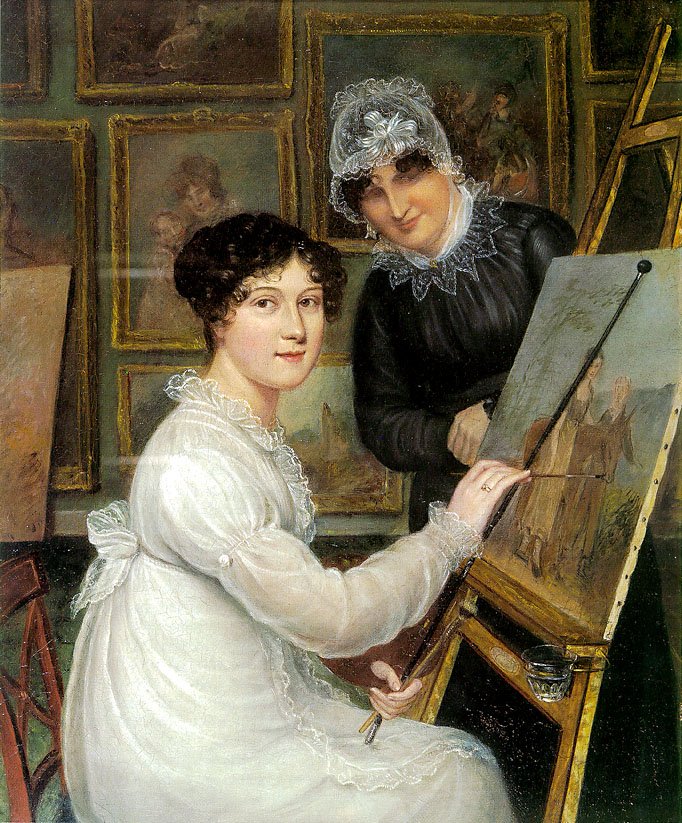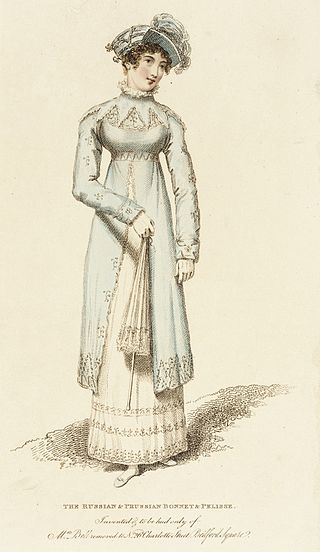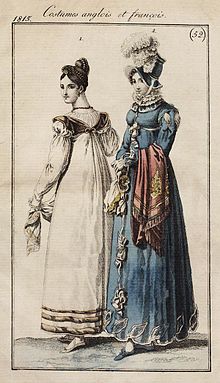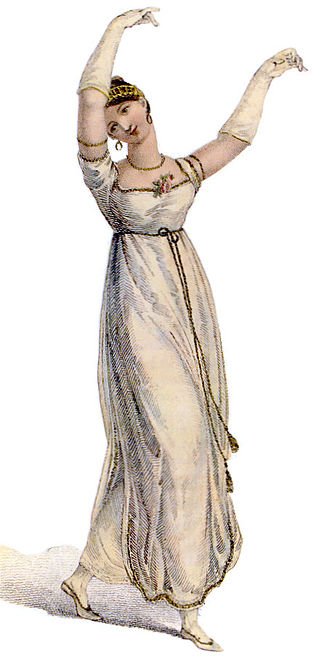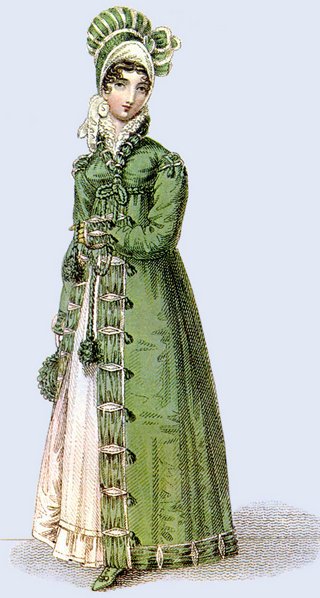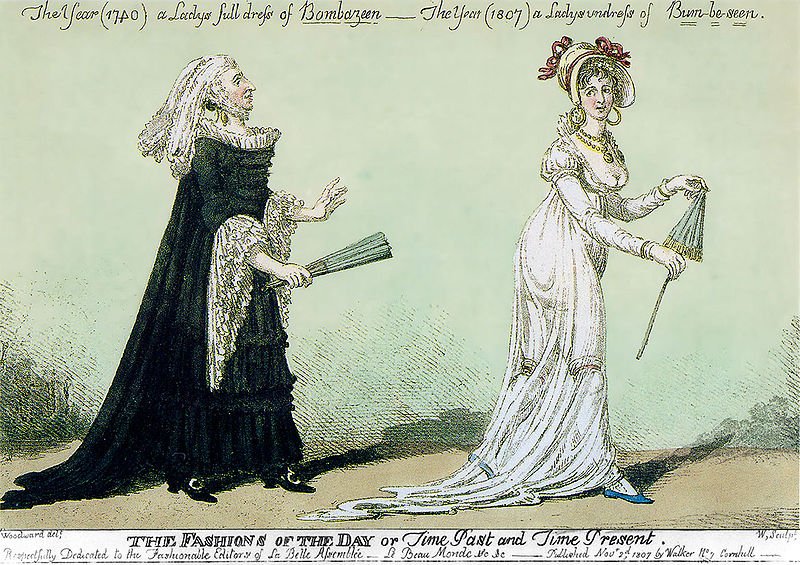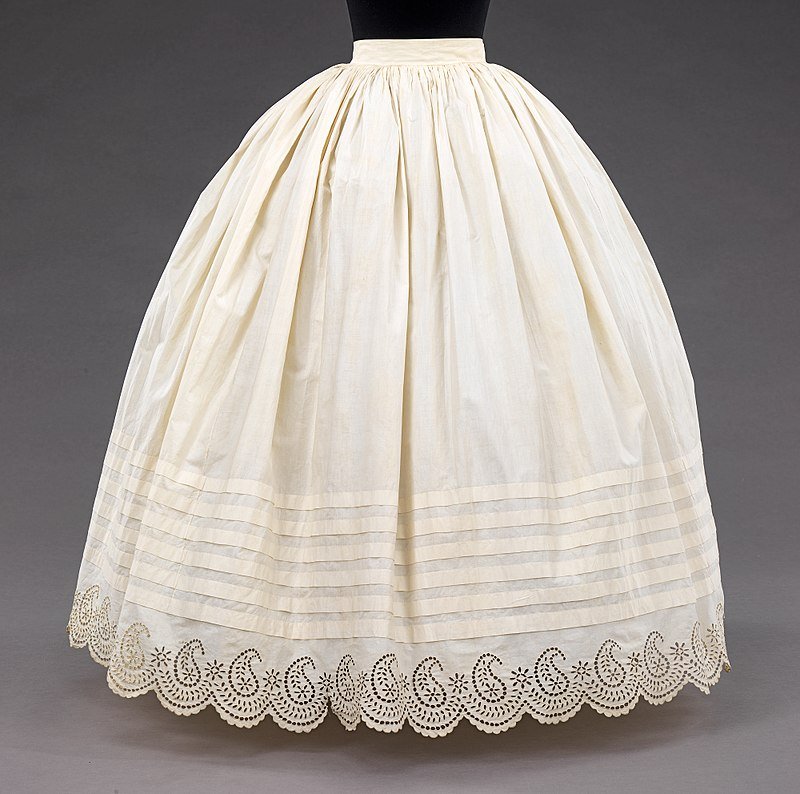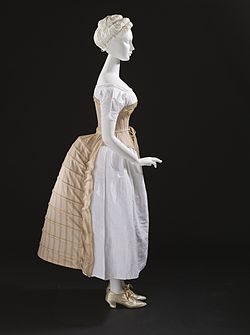When the French revolution ended during the 1700s, nobody wanted to look like a member of the French aristocrats. In fact, during this time, it was the women of Paris became who first abandon the overbearing, constricting, and stylish fashions of the 1700s. These women chose to wear long flowing muslin dresses that imitate the classical designs of the Romans and Greeks. They temporarily abandoned wearing the restricting corsets and decided to just opt for a high-waisted dress that shows off their natural figure. But, they still chose to wear corsets most of the century, as they started to embrace the Victorian style, which happens to be quite glamorous and ornate.
It was also during the 1800s, where people began using clothing as their expression of self rather than being an indication of their social status. Aside from this, the Industrial Revolution also became a significant influence, especially in fashion. The innovation in transportation, along with the invention of the machines that are used in manufacturing textiles, allowed the fashion industry to grow faster. In fact, the first sewing machine was introduced in 1790. It was also during this time when fashion magazines became popular. This allowed men and women from different walks of life to keep up with the changing trends in fashion. In this article, we are going to talk about the most glamorous styles of the 1800s.
Gowns
Gowns during the 19th century came in different forms. During the early years after the French Revolution, dresses are made with sheer and gauzy materials, which kind of look like the styles from Greco-Roman Neoclassical fashion. Aside from this, the gowns during the 1800s enable women to their body’s natural form because corsets were rarely used. When the 1830s came, the trend of the feminine figure having a small waist came back, that is why women started to wear corsets again. This was also the time when full hips, rounded busts, and sloping shoulders were emphasized while wearing gowns. Elaborately designed dresses also became famous because of the influence of Victorian fashion.
Undress style
The fashion trends between 1795 to 1820 became quite different during the 19th century. During this time, when the Greek and Roam style began to be in direction. Women in this era started to wear loosely falling dresses that are usually gathered over their under their bust and natural waist. The undress style is generally informal and casual, and it is typically worn by women until noon or later on the day. Undress style dresses are mostly made with white and almost transparent muslin fabric. This type of material typically clung to the body, which in turn reveals what is worn underneath. But the standard undergarment of the era, which is the chemis, prevented the undress style dresses from being entirely see-through. Women wore half dress when they go out during the day or even meeting with guests, and they wore “full dress” when they are going to formal events. This style is also called the “evening dress” when they are worn during evening affairs.
Morning dresses
During the early 1800s, women wore morning dresses when they are inside the house. These dresses often have a high-neck and long-sleeved design. They are typically made of plain and undecorated fabric.
Evening gowns
The concept of wearing evening gowns started during this century. Evening gowns were often designed and trimmed with ribbons, lace, and netting. During the early years of the 1800s, evening gowns bore the arms of a woman and were often cut low. The sleeves are typically covered with long white gloves.
Bouffant gowns
Bouffant gowns are usually worn during special occasions, especially in the 1860s. These gowns have a comprehensive, full skirt that resembles a hoop skirt. Bouffant dresses also became popular all throughout the century.
Dresses with long trains
Long-trained gowns started to become a trend during the 1870s. Dresses with trains have the fullness of the skirt moved to the rear. That is why elaborate overskirts are typically worn, and they are usually supported by wearing a bustle. The skirt on the back of this dress is heavily trimmed with ribbons, pleats, flounces, rouching, and frills.
Tea gowns – The tea gowns are considered to be a woman’s informal or at-home dress when they are entertaining visitors. It became fashionable, especially during the 1870s. And it became mainstream fashionable up until the 1890s. Tea gowns are usually made with light fabrics, and it has unstructured lines. Tea gowns don’t require to have a corset underneath. As we mentioned, the tea dress was typically worn at home with close friends and family. Still, when the 1890s came, it has become socially acceptable to wear outside, and it also became fashionable summer resorts.
Empire silhouette
The Empire silhouette was one of the vital styles during this era. This fashion sports long, light, and loosely fitting dress. These dresses are usually made with white and often sheer fabric. They come with a long rectangular wrap or shawl. The empire silhouette dress has a fitted bodice, which gives women a high-waist appearance. The shape of the dress also helps to provide a long look at the body.
Petticoat
Petticoats during the 19th century had a scooped neckline, and it is sleeveless and often fitted in the back with the help of buttons, eyelets, and hooks.
Crinoline
The crinoline is a cage-like structured petticoat, and it was worn to hold out a woman’s skirt. Crinolines had grown to its maximum size, especially during the 1860s. Crinolines got so big, and it became was also dangerous to wear, especially if the woman isn’t careful. In fact, there are several instances of a woman where women got injured and even died because of their hoop skirts being caught fire or being caught in a piece of machinery. It was around 1864 when the shape of the crinoline started to change where the front and sides were contracted, and it only has volume at the back.
Crinoline dress – After the considerable crinoline went out of fashion, the crinolette took its place. This trend was a hybrid of the bustle and the crinoline. With the crinoline dress, the caged part is only extending down to the back of the legs. This fashion trend became popular in the mid-1860s.
Bustle
The bustle like an under the framework, and just like the crinoline and crinolette, the primary purpose of the bustle was to expand the fullness of the back portion of the dress. The bustle was invented during the 1860s after the overskirts were put towards the back, and there was a need for some kind of support for the new shape. Between the 1870s and 1880s, the bustle completely replaced the crinoline.

